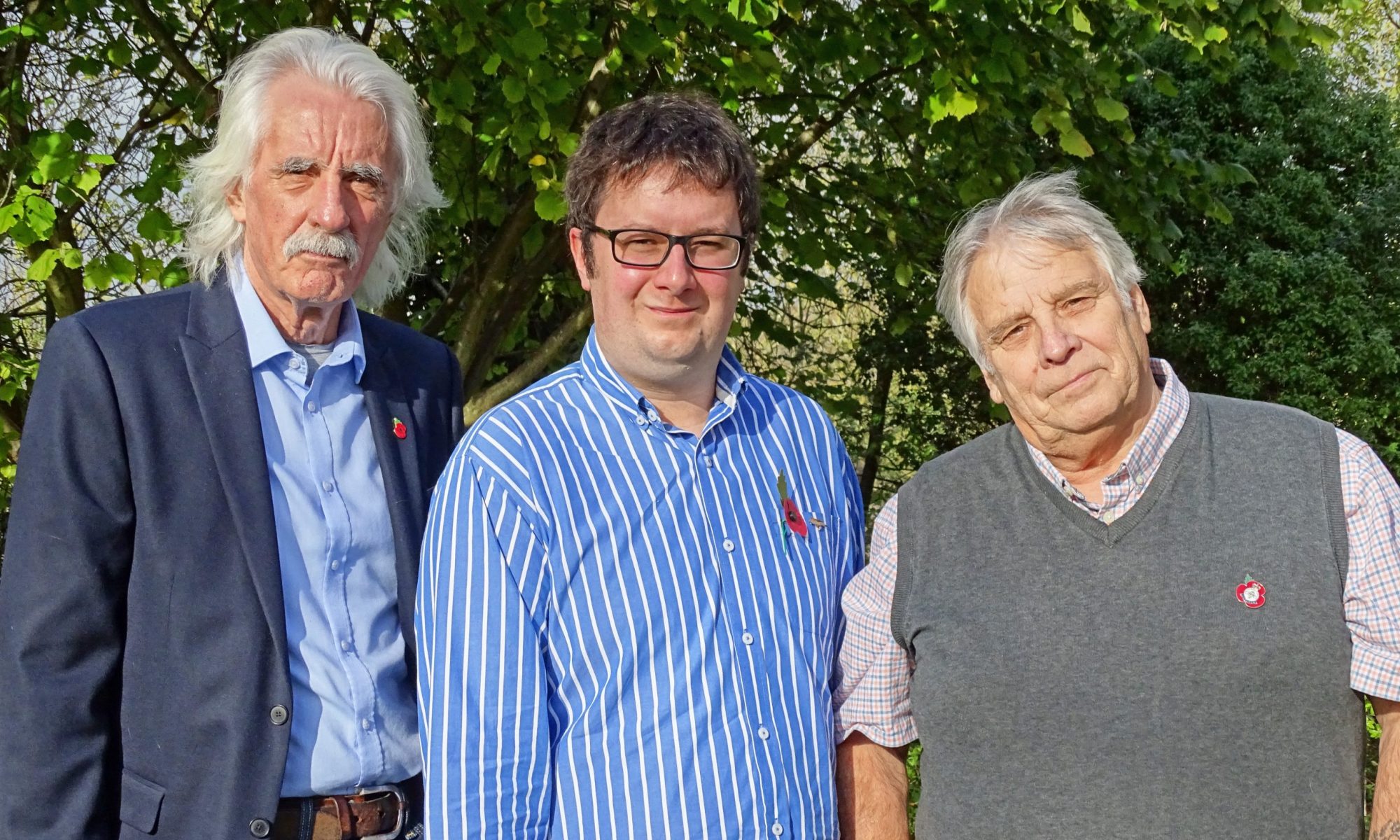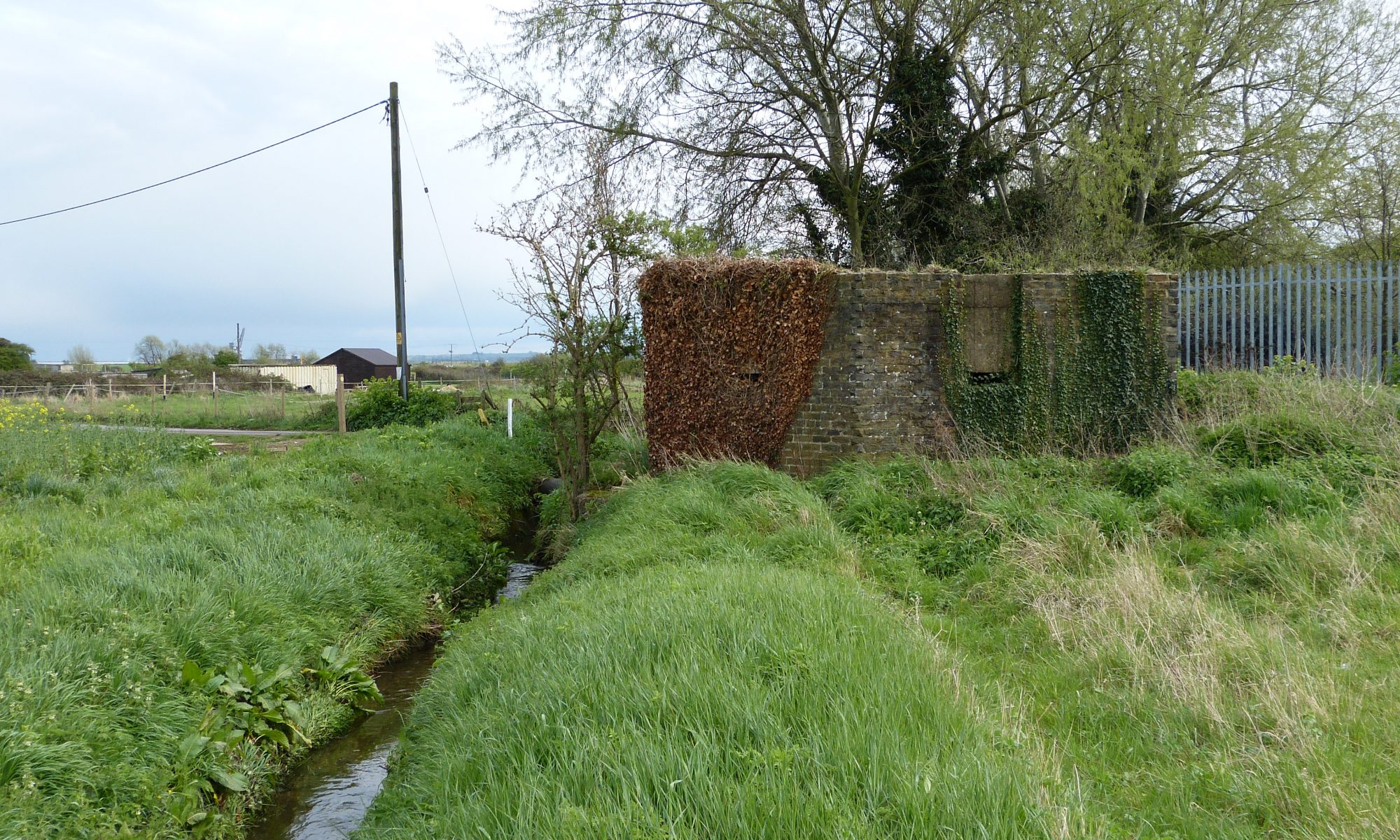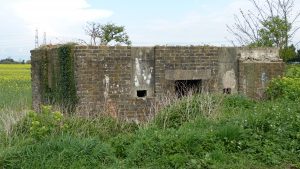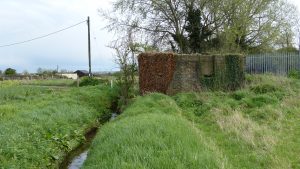In 2013 Natural England described the Hoo Peninsula as a National Character Area (NCA)  predominantly a remote and tranquil landscape of shallow creeks, drowned estuaries, lowlying islands, mudflats and broad tracts of tidal salt marsh and reclaimed grazing marsh that lies between the North Sea and the rising ground inland. It forms the eastern edge of the London Basin and encompasses the coastlines of South Essex and North Kent, along with a narrow strip of land following the path of the Thames into East London.
predominantly a remote and tranquil landscape of shallow creeks, drowned estuaries, lowlying islands, mudflats and broad tracts of tidal salt marsh and reclaimed grazing marsh that lies between the North Sea and the rising ground inland. It forms the eastern edge of the London Basin and encompasses the coastlines of South Essex and North Kent, along with a narrow strip of land following the path of the Thames into East London.
Despite its close proximity to London, the NCA contains some of the least settled areas of the English coast, with few major settlements and medieval patterns of small villages and hamlets on higher ground and the marsh edges. This provides a stark contrast to the busy urban and industrial areas towards London where population density is high and development pressures are increasing. Sea defences protect large areas of reclaimed grazing marsh and its associated ancient fleet and ditch systems, and productive arable farmland. Historic military landmarks are characteristic features of the coastal landscape. Further information
Our Peninsula consisting of very productive A1 agricultural farmland renowned for cereal, root vegetables, soft fruit and traditional English orchards helped give rise to Kent’s much loved title “The Garden of England”. Add this to our extensive areas of ancient woodland, world renowned and internationally protected intertidal habitats, lowland wet grazing and a rich historic heritage and you begin to understand the reason all the Peninsula Parish Councils are calling on Medway Council to listen to the growing concerns for the future of our unique and distinctive area that we all know and love and to support our bid for National Park status.


 During the Second World War, the Hoo Peninsula was one of the most heavily fortified areas anywhere in England. Defensive ‘
During the Second World War, the Hoo Peninsula was one of the most heavily fortified areas anywhere in England. Defensive ‘